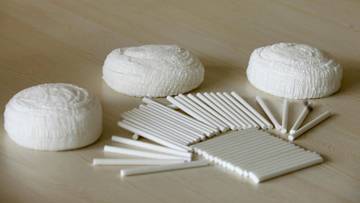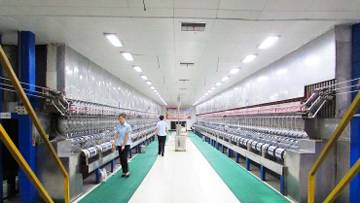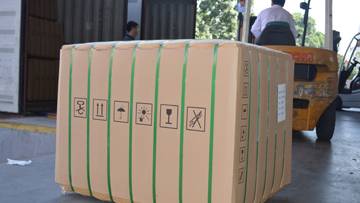The exact procedure for measuring the PD of samples will depend not only on the type of sample to be measured but also on the type of instrument used. There are a number of points, however, that need to be checked for all PD measurements:
▪ The instrument used should be suitable for the type of product to be measured. Generally, the type of sample holder and measurement head device is different for filter rods and cigarettes due to their different construction and measurement requirements.
o Filter rods should be completely encapsulated in an impermeable sleeve to prevent air ‘short-circuiting’ down the outside of the filter
o Cigarettes require that the butt end of the sample only is encapsulated by the sample holder [2].
▪ The instrument should be adjusted correctly for the sample to be measured with reference to the manufacturer’s instructions.
o Ventilated cigarettes require that the centre seal is located correctly so that values of PDO and PDC are correctly measured (particularly that the ventilation inlets are not blocked).
o For both cigarettes and filter rods, the correct size of seals/sleeve should be fitted to avoid leakage or crushing of the sample. As a guide, the following sizes are recommended:
o Cigarettes:
Consult instrument instructions; typically several sleeve sizes are available to cover the full diameter range of products that includes ultra/micro slims (~4.7.mm), super slims (~5.2 mm), slims (~7 mm), conventional king size (~7.9 mm) and magnums (up to ~9 mm).
o Cured filter rod:
Sleeve inside diameter = (rod diameter – 0.1 mm) to (rod diameter – 1.0 mm)
o Uncured filter rods:
Sleeve inside diameter = (rod diameter – 0.1 mm) to (rod diameter – 0.6 mm)
▪ Samples should be in equilibrium with the measurement environment to avoid errors due to moisture and temperature changes within the sample during the measurement.
▪ Samples should be handled carefully and as little as possible to avoid damage and changes of sample moisture and temperature.
▪ Calibration should be made frequently enough to avoid errors in measurement due to PD changes with ambient conditions. The changes in measured PD value with changes in ambient conditions are given in [3]. For guidance, calibration is recommended if:
o Ambient temperature has changed by more than 2 °C
o Ambient moisture level has changed by more than 20 % RH
o Ambient pressure has changed by more than 50 mbar

 English
English Español
Español Pусский
Pусский Tiếng Việt
Tiếng Việt 日本語
日本語 Deutsch
Deutsch Français
Français Türkçe
Türkçe العربية
العربية



 Provide Us Your Specifications
Provide Us Your Specifications Custom Made For You
Custom Made For You Prompt Delivery
Prompt Delivery